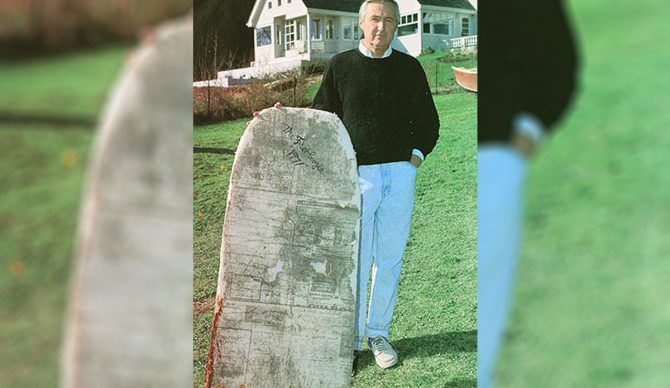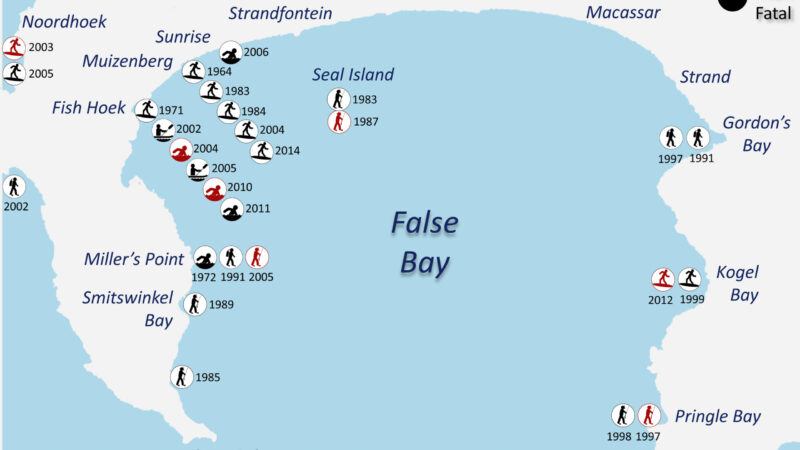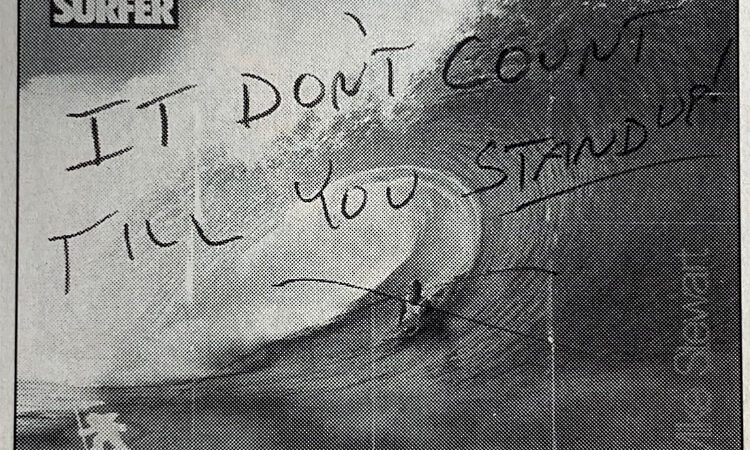
J.O.B. isn’t just a surfer. He’s a wave rider, damn it. Photo: APB.com
Many surfers might consider the boogie board the black sheep of the wave riding world. To the old school diehards, the 46-year-old craft sits somewhere in the realm of kneeboards and SUPs (and soon, foil boards) as another intrusion into the sacred stronghold of foam-and-fiberglass traditional surfing. The name alone lends itself to ridicule amongst the bullies who relish in the chance to poke at anyone atop Tom Morey’s invention, tackling waves on his rectangular oddity. But, of course like most things that refuse to go away, assimilation takes place and eventually, the diehards got accustomed to seeing us fin-footed, skegless wave sliders at their local breaks. Yes, there are some who still feel the need to ostracize, but as someone who’s been riding bodyboards since the late 70s, things aren’t as bad as they used to be.
We’ve all seen what can be done on a boogie board by the likes of Mike Stewart, Jeff and Dave Hubbard, and Pierre Louis Costes. All of these athletes at the pinnacle of the sport have pioneered spots, pushed limits, and created moves above the lip that have been mimicked by top-level surfers ever since. But I digress. As the owner of a retail bodyboard business, the question I field more than any other is “what’s the difference between a Boogie Board and a Bodyboard?”

Tom Morey with his original invention, the boogie board.
The “boogie board” was actually not called that at all when Tom Morey built the first one in July of 1971. Tom puttered around with some foam, some newspaper, a knife, and an iron, and came up with a board he didn’t really have a name for when he paddled out on the Big Island’s Kona Coast. It wasn’t until he moved back to California and decided to sell them that he came up with a name. Tom’s first inclination was to call it the S.N.A.K.E. as an acronym for the parts of the body used to ride it; side, navel, arm, knee, and elbow. But, some of the ladies in his immediate circle didn’t take a liking to a product named after a slithering serpent, so Tom turned to one of his main loves outside of surfing: jazz music. Being a talented jazz drummer, Tom was a fan of the “boogie woogie” style of jazz and felt that his new invention enabled the rider to “boogie” out on the waves. He the simply called it the “Morey Boogie” when he began producing large quantities of them. The word “board” was added later for marketing purposes, but Tom to this day still refers to it as simply “the Boogie.”
Fast forward to the late 1970s and demand was now greater than Morey could handle. He sold the brand to Kransco, a large toy company based in San Francisco. Kransco fully marketed and trademarked the term “Boogie Board” and would pursue legal action against any other company producing a similar board that used the words “boogie board” in their marketing or advertising. So, while I’m not sure which company actually came up with the term “bodyboard,” all companies that came after Morey Boogie had to use that term to describe their boards. Most dedicated bodyboarders agreed long before that the term “boogie board” didn’t really translate to launching oneself into oblivion in slabbing death waves. As riders, we welcomed the new term and even the Morey company opted to brand its high-end boards as “Morey Boogie Bodyboards.”
Now, four decades later, there are scores of companies making their version of Tom Morey’s unassuming invention. But since his invention and name was first, many folks still refer to all bodyboards, no matter the brand, as a “boogie board.” It’s a case of the brand name becoming the generic product name. Think of Bandaid, Coke, Kleenex, Velcro, or Rollerblade.
So, when someone asks you the difference between boogie boarding and bodyboarding, now you know they are one in the same.





Recent Comments